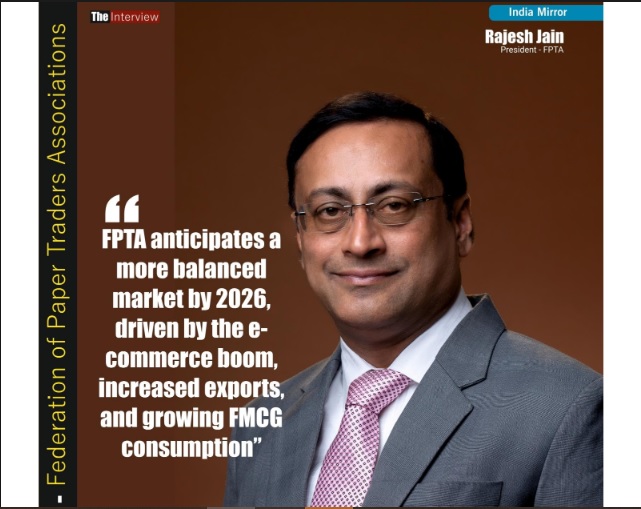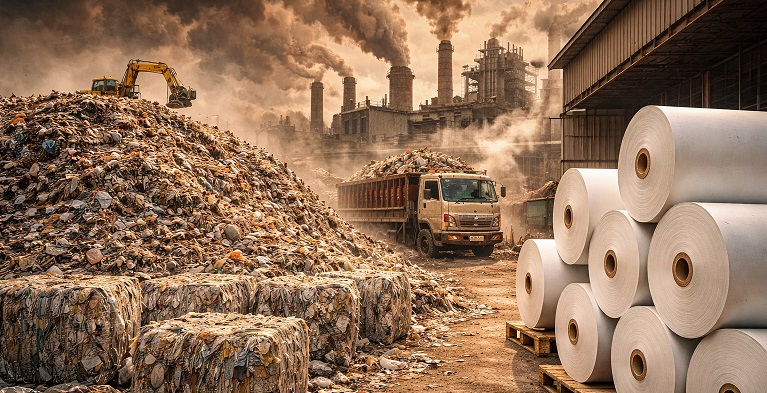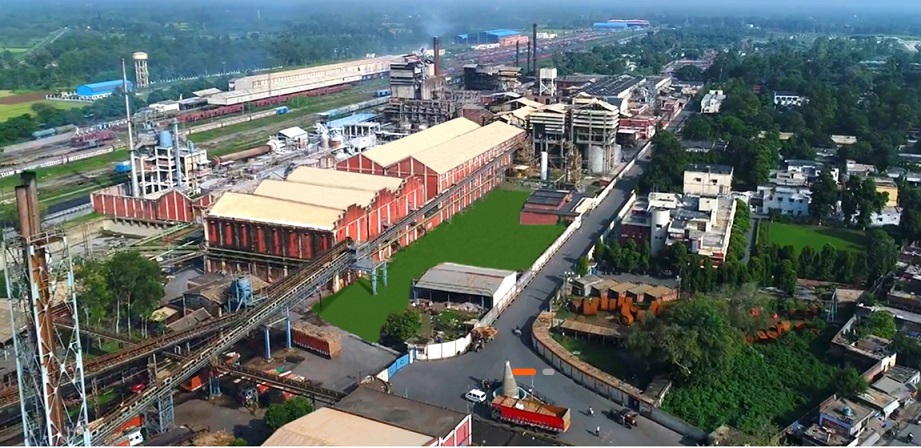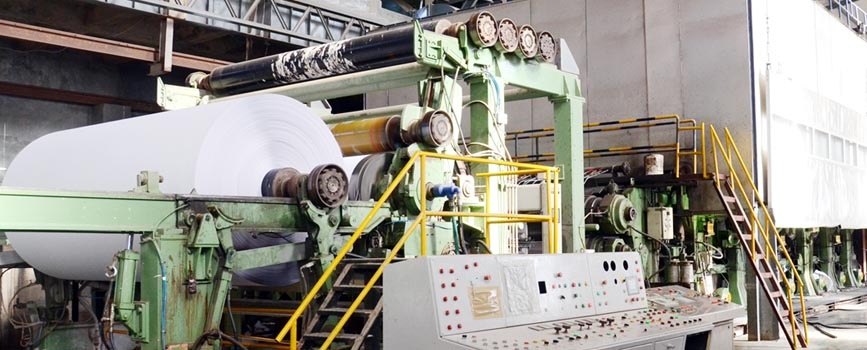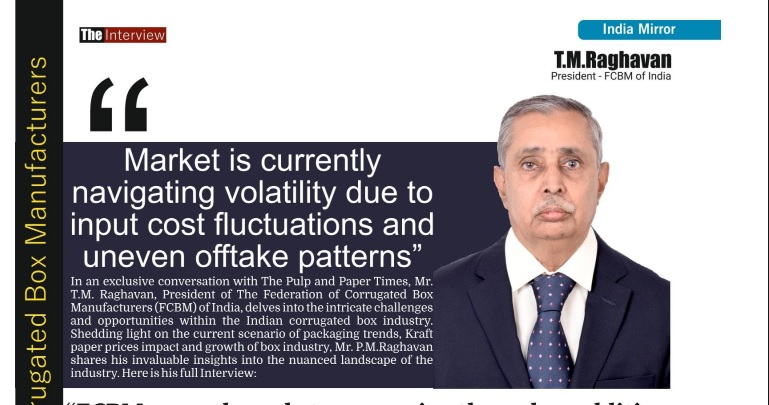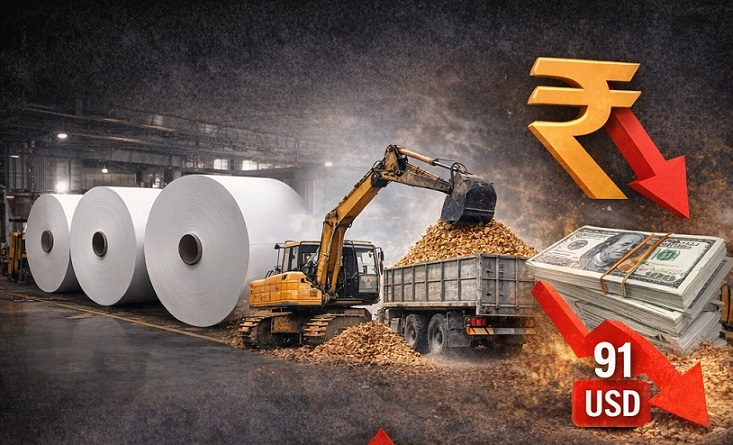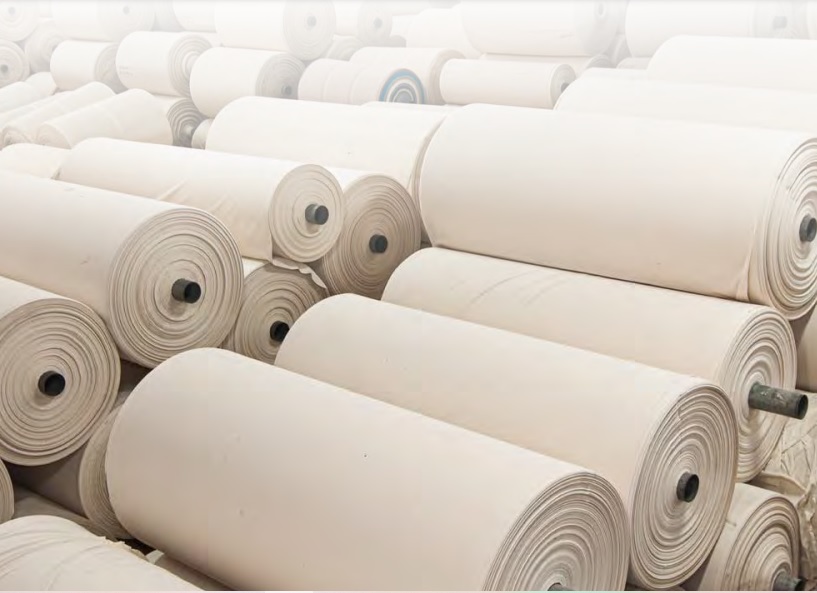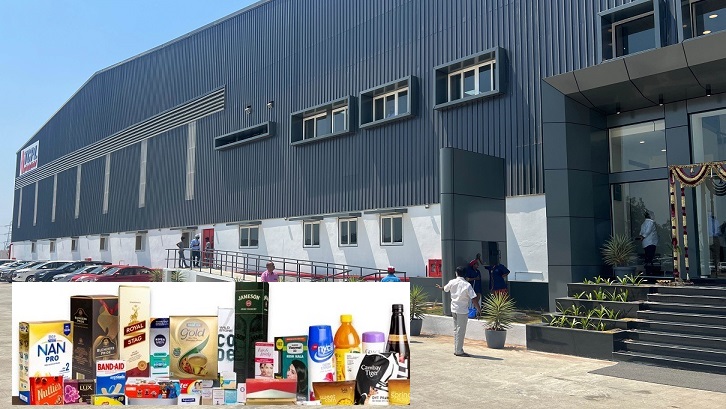100 FMCG companies have made declarations towards adopting sustainable packaging; but plastic is also reinventing itself
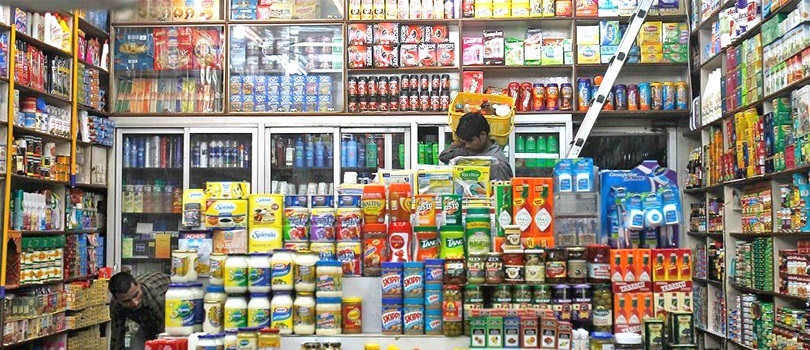
100 FMCG companies have made declarations towards adopting sustainable packaging; but plastic is also reinventing itself
New Delhi | 13th January 2023 | The Pulp and Paper Times:
Global pulp and paper industry is undergoing a massive transformation but on the one hand in observing structural changes as a form of consolidation and shift in product portfolio, on the other hand, industry is preparing itself to address issues such as climate change, sustainability, biodiversity, et cetera.
The global pulp and paper market continues to grow at CAGR 0.5 to 1% pivoting strongly on the packaging segment. The decline in printing and writing segment is evident in the fact that printing and writing segment constituted about 39% of the industry in 2010 and is now only 21% by 2020. Large global players, large companies like International Paper, Storaenso and SAPPI have carved out their printing and writing businesses and focused now on the packaging segment.
Addressing the Indian Paper Manufacturers Association's (IPMA) 23rd Annual Session & Awards Function held in Delhi, Mr Harsh Pati Singhania, Vice Chairman & Managing Director of JK Paper, says that plastic industry is also reinventing itself and it will not go away, he added, “My strong belief is that there are trillions of dollars invested in the plastics industry or the polymers industry globally is not going to go away. Every industry will find ways and reinvent themselves. So we already have bio plastics, you will have much greater recycling of plastics and biodegradable stuff happening. So the net effect is going to be that plastic is also reinventing itself and it's going to reinvent itself in a major way. So if we think that plastic will go away and then fibre based paper industry filled it. I think we should not think like that”.
Talking about the other wood based industries which are non paper producing, Mr Singhania said that the plywood industry, the building materials sector, and many other wood-based non-paper industry participants are currently posing significant challenges or competition. Sadly, none of them have worked on plantations. In the end, the difficulty still remains for the paper business, regardless of what steps they take. It may begin in a few pockets in a few states or regions, but ultimately, if raw materials are expensive in one location, we go to another location where they are less expensive, and this causes a cascade effect. I believe we should communicate to the various wood-based sectors who don't produce paper and let them know that, in the end, their future prospects will also be impacted.
Giving the deep inside of Indian paper market via his power point presentation, Mr Singhania informed that the Indian paper market remains the fastest growing market, at least the major market globally led by growth in the packaging segment. Printing and writing is still growing in India though outlook for certain segments within printing and writing that is coated, newsprint and cream roll is not positive. Printing and writing segment has shrunk from a 50% share in FY 2010-11 to about 32% in FY 2020-21. On the other hand, the packaging segment has increased from 47% to 62% in the same period. And within the printing and writing segment, of course, items like copier and maplitho are still continuing to grow. The pulp and paper industry is therefore witnessing extraordinary challenges and the winner will be required to transform, adapt and innovate. According to the international consulting firm McKinsey, between the years 2000 and 2010, the first ten years saw a shift in regional dominance, geographic shifts in pulp and paper production, ensuing growth among Chinese, other Asian, and South American market participants, as well as mergers in Europe and North America that helped to create truly global corporations.
He further says that year 2010 to 2020, the next decade start of a structural change. The slowing down of structural change in the graphic paper industry, the boom in the packaging paper market, which has been aided by the growth of e-commerce, machine closures and conversions, China's influence on global markets, recovered paper, the expansion of Chinese and Indonesian companies to really large scales, innovation but not a lot of commercialization in that decade, and ongoing mergers and acquisitions, consolidation, and value chain integration with people becoming more important are all factors.
There will be a need to transform, adapt, and innovate in the 2020–2030 decade. The COVID-19 epidemic, legislation, e-commerce, and extraordinary disruption and shift in consumption habits have all combined to generate a new set of items that need to be sold. The sustainability agenda has evolved and gotten much more serious in recent years. Action has replaced the previous talk. The climatic issue, operational biodiversity threats, sourcing, and traceability are all current issues. Customers prefer products that are traceable. They want to know who your agent is, where it is located, and what kind of labour is employed in your factory. The adoption of digital technology is crucial for the sector.
“Sustainability today has three key pillars - environment, social and economic. However, I'd like to focus on environmental sustainability. The environment of planet aspects of sustainability has two dimensions - the process, which is resource efficient process and the product, which is easy to recycle products or substitution for fossil based materials” he added.
Shading some light on the future of sustainable packaging, Mr Singhanina said, “Companies are responding with bold declarations mainly towards reduction of plastics, carbon emissions etc. If you know, you would have noticed that top 100 FMCG companies have made declarations towards adopting sustainable packaging, focusing on increased recycled content, reducing use of plastics, for example the elimination of plastic peripheries such as single use bag, reducing package, innovative sector and innovating plastic substitutes. Likewise, several large corporate have made declarations towards becoming carbon neutral, adopting 100% renewable energy, strategy, utilizing biomethane to lower carbon footprint and so on.
The good news is that this transition towards sustainability is more of an opportunity than a burden for the pulp and paper business. Because wood products like pulp paper are renewable, biodegradable, and recyclable, the pulp and paper sector has sustainability at its very core. The two largest renewable sources of carbon are cellulose and lignin. Recovered paper can be recycled numerous times to create different papers, brown paper grades, and boards as part of the integrated flow process that creates pulp and paper, which raises the lifespan value of paper. As a result, the circular economy is truly centred on the pulp and paper sector.
On the future development by the international paper giants, Mr Singhania informed the gathering that Sustainability moves are increasingly observed in the pulp and paper industry by both manufacturers and consumers. Let's take the example of some manufacturers - UPM is investing to build the world’s first industry scale biorefinery to convert sustainably sourced, certified woody biomass into next generation biochemicals. UPM targets the start-up for end 2023. Brazilian pulp group Suzano and Finnish cellulose fibre startup Spinnova build a plant in Finland to make a sustainable textile fibre from wood and waste. Stora Enso is conducting trials for lignin based hard carbon as sustainable substitutes for graphite in lithium-ion batteries and so on. If we take the example of customers, Nestle has said it aims to make 100% its packaging recyclable or reusable by 2025. Coca Cola aims to make 100% of its packaging recyclable by 2025 and using at least 50% of recycled material in packaging by 2030. Diageo and PepsiCo large beverage manufacturers want to use paper based bottles for beverage packaging. Their technology provider has partnered with Stora Enso to mass produce paper bottles.
Web Title: 100 FMCG companies have made declarations towards adopting sustainable packaging; but plastic is also reinventing itself




 Join WhatsApp Group
Join WhatsApp Group Join Telegram Channel
Join Telegram Channel Join YouTube Channel
Join YouTube Channel Join Job Channel (View | Submit Jobs)
Join Job Channel (View | Submit Jobs) Join Buy Sell Channel (Free to Submit)
Join Buy Sell Channel (Free to Submit) Paper News Headlines Channel (Free to read)
Paper News Headlines Channel (Free to read)




